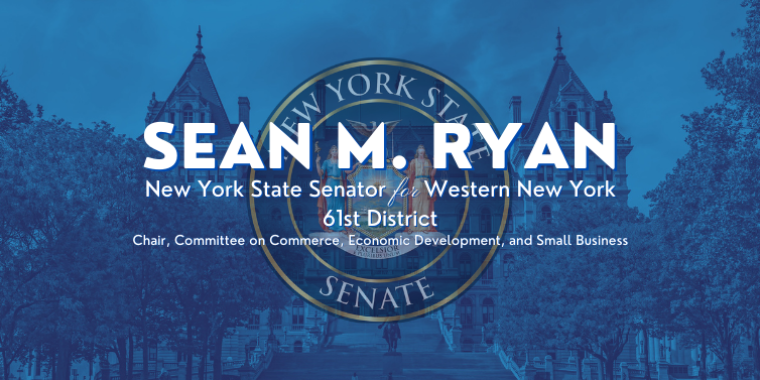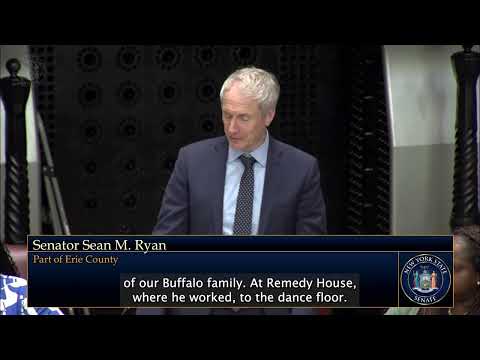
Op-Ed: State Senate’s budget proposal prioritizes affordability
This month, the New York State Senate Democratic Majority passed our One-House budget proposal for the coming fiscal year. The annual Senate and Assembly One-House budgets are often described as a reflection of each legislative body’s priorities. This year, we listened to our constituents’ concerns about affordability, and our focus is on making New York a more affordable and prosperous place for everyone.
To do that, the budget proposal makes a number of investments specifically aimed at lowering costs for families. That includes a new $550-per-child credit called the Working Families Tax Credit, expanded property tax relief for middle class homeowners, and a $500 million investment in child care – an 80% increase compared to last year’s budget. We also proposed $1.6 billion to fully fund Medicaid and ensure all New Yorkers have access to quality health care.
The budget also takes steps to ease New York’s affordable housing crisis. Earlier this year, I unveiled a comprehensive, community focused housing plan for our region. The plan addresses Buffalo’s housing issues through an infill housing program, a fund to improve rental conditions and other interventions. The Senate One-House budget includes several of these proposals, along with the funding to make them possible. If we want to make housing more affordable in Western New York, we are going to need state investment and plans like these that are tailored to our region’s unique challenges. Adopting a budget that includes these programs will be a big step in the right direction. In last month’s column, I wrote about the importance of education funding and the steps we should take to expand it. More recently, superintendents from all seven school districts that comprise the 61st State Senate District joined me and my Assembly colleagues to call for a state budget that restores proposed cuts to the state aid allocated to their districts. The Senate’s proposed budget rejects those cuts and instead boosts school aid, increasing funding by at least 3% for each school district across the state. It also includes an expansion of Universal Pre-K and the universal school meals program, both of which benefited a record number of children last year.
There are always revenue constraints that need to be considered when deciding how much money to allocate to each item in the budget, but the Senate’s budget sends a clear message: Education is not something we are willing to cut costs on. Education funding is not only an investment in our children’s well-being; it is also an investment in the future of our state. We need to continue to provide our children with the tools they need to succeed in school and beyond.
Crafting a budget presents a wide range of challenges. Balancing the needs of all New Yorkers is a difficult task. But the Senate’s budget proposal is a direct response to some of the state’s most pressing needs: affordability and education. Prioritizing these issues will help foster economic development and the continued prosperity of our communities.

